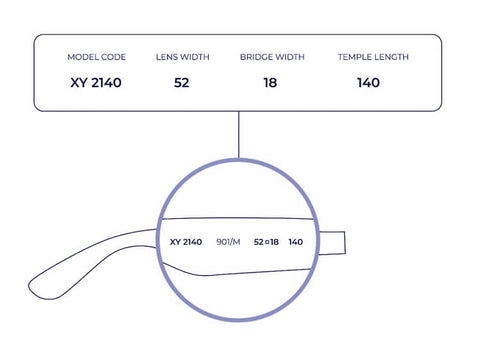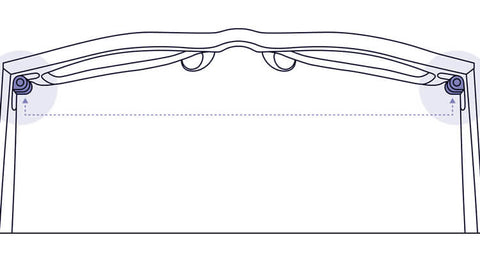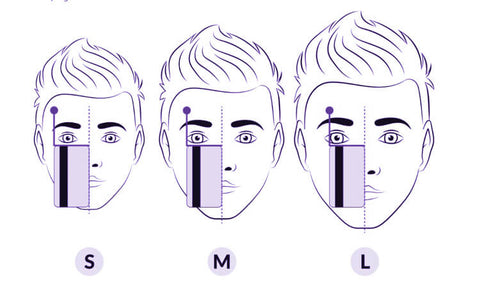In our modern digital world, the impact of blue light is an intriguing subject. Emitting from screens like those on our smartphones, computers, and TVs, blue light is both beneficial and potentially harmful to our health. Understanding these effects and discovering practical solutions is essential as we navigate the digital age. Let's explore the secrets of blue light and unveil ways to protect ourselves.
The Effects of Blue Light
Blue light, a high-energy visible (HEV) light, has a range of effects, some of which are advantageous, while others require cautious consideration:
-
Benefits of Blue Light: Natural blue light from the sun plays a pivotal role in regulating our circadian rhythm, improving mood, and boosting alertness during the daytime.
-
The Dark Side of Blue Light: Excessive exposure to artificial blue light, particularly in the evening, can disrupt our sleep patterns by suppressing melatonin production, leading to difficulties falling asleep and staying asleep.
-
Digital Eye Strain: Prolonged exposure to screens, often rich in blue light, can lead to digital eye strain. This condition includes symptoms such as dry eyes, blurred vision, headaches, and eye fatigue.
How to Reduce the Effects of Blue Light
Fortunately, there are strategies to mitigate the impact of blue light and protect our health:
- Use Blue Light Blocking Glasses: Consider using blue light blocking glasses, which are designed to filter out a significant portion of blue light. To learn more about the benefits of blue light glasses, check out this information from Syght Glass.
-
Adjust Screen Settings: Many devices offer settings to reduce blue light emission. Activating features like "Night Shift" mode can help diminish blue light exposure in the evening, minimizing its effects on sleep.
-
Establish Screen Time Boundaries: To improve sleep quality, establish a "digital curfew" before bedtime. Engage in relaxing, non-screen activities during the hour or two before you plan to sleep.
Counteracting the Problems Caused by Blue Light
To counteract the issues caused by blue light, we can take the following steps:
-
Follow the 20-20-20 Rule: To alleviate digital eye strain, practice the 20-20-20 rule. Every 20 minutes, take a 20-second break, and focus on something at least 20 feet away. This practice helps relax the eye muscles and prevent strain.
-
Optimize Your Environment: Ensure proper lighting when using screens and position them at eye level. Adjust the screen's brightness and contrast to a comfortable level.
Balancing the Beneficial and Harmful Effects
Striking a balance between the beneficial and potentially harmful effects of blue light is key. Enjoy the positive impact of natural blue light during the day, but be mindful of managing artificial blue light exposure, especially in the evening, to preserve sleep quality and eye health.
Conclusion
In conclusion, blue light is a fascinating aspect of our digital lives, with both advantages and challenges. Understanding how to minimize its potentially negative impact while benefiting from its positive aspects is essential. By adopting measures such as using blue light blocking glasses and setting screen time boundaries, we can navigate the digital age with greater comfort and ensure a healthier experience.
Remember, taking proactive steps to manage blue light exposure today will contribute to better long-term eye health, sleep quality, and overall well-being.





























